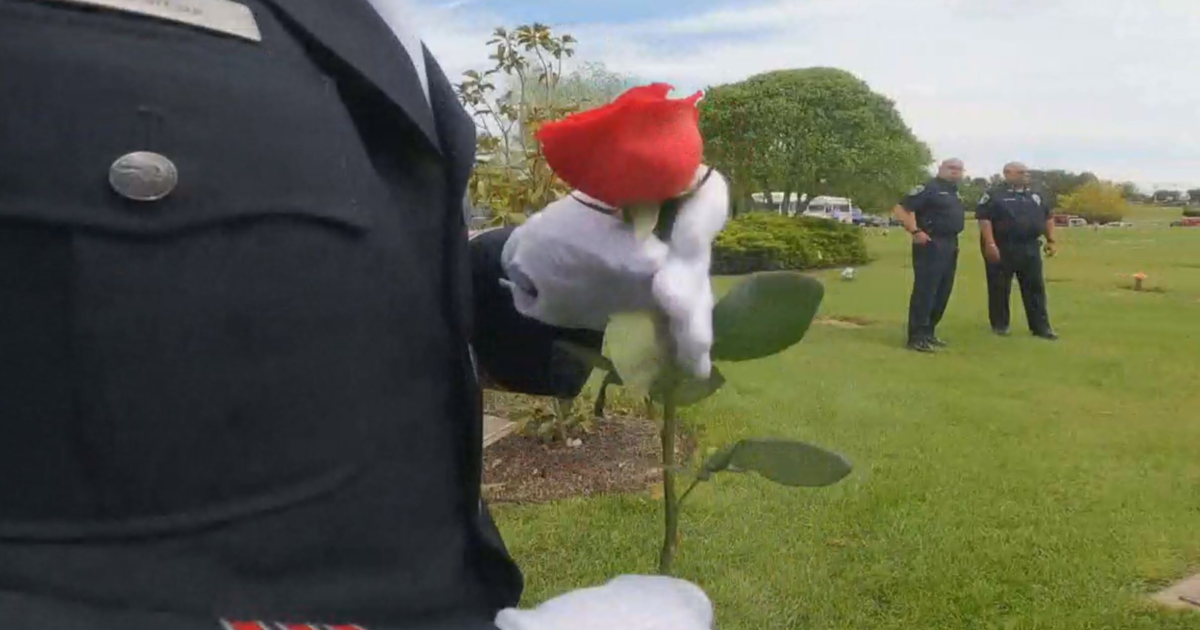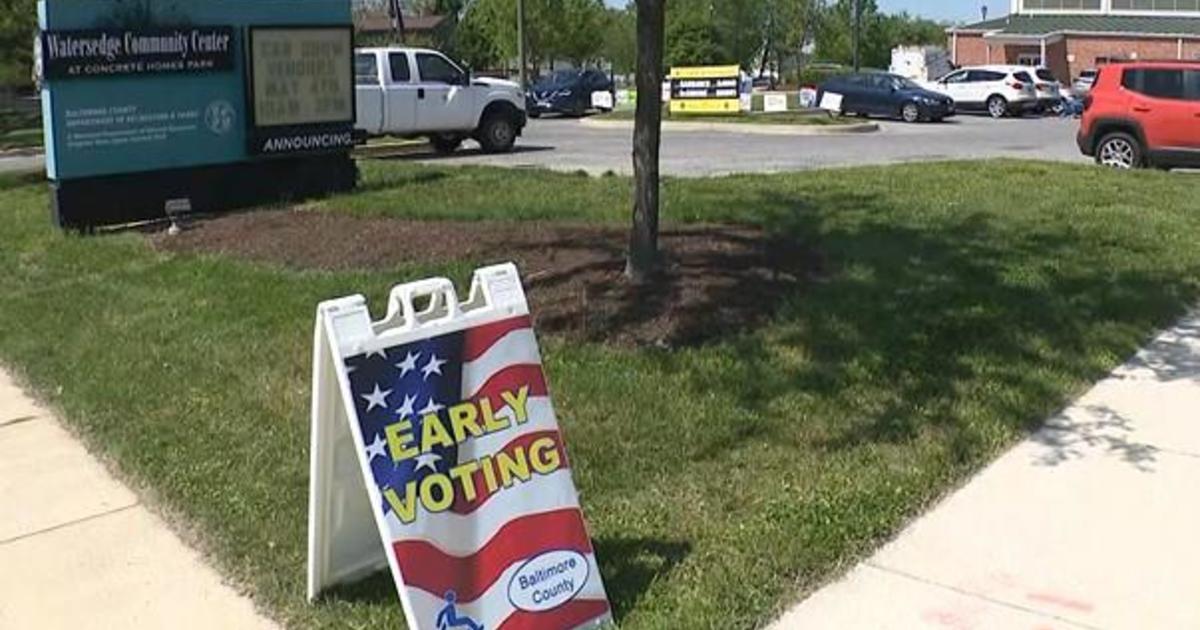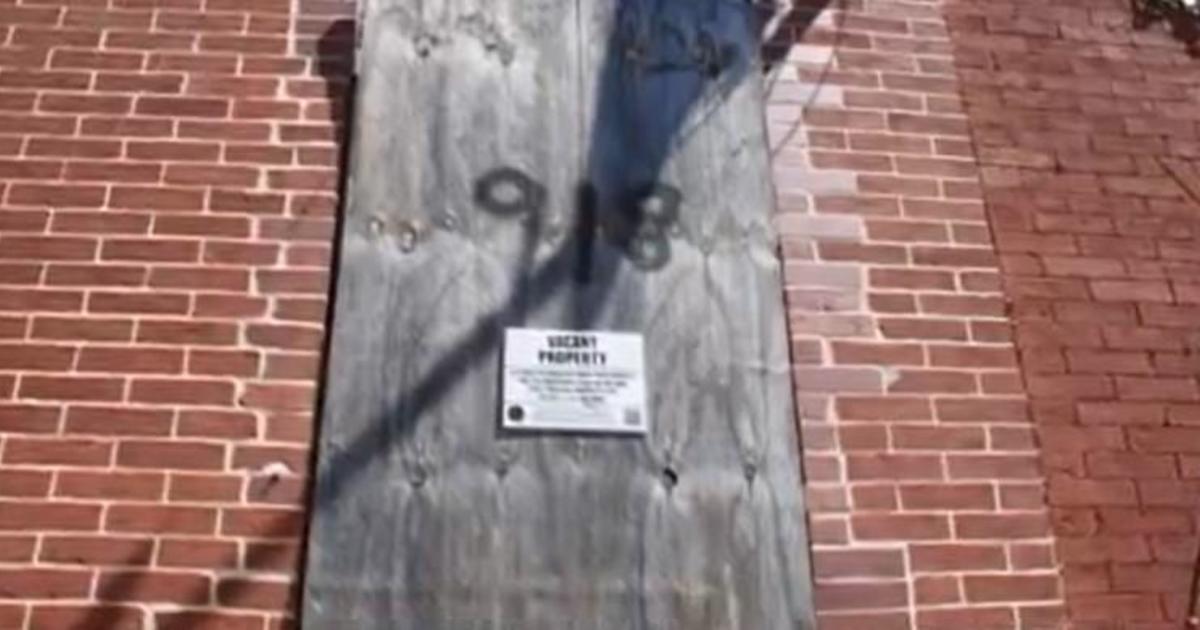Watermen Ply Chesapeake Bay With Oyster Babies That They Can Harvest Later
BALTIMORE (WJZ) -- It takes seeds to grow a crop and, as it turns out, it's kind of the same for oysters.
WJZ's Alex DeMetrick reports on the investments watermen are making now so they can harvest oysters in the future.
What nature does effortlessly when conditions are ripe, takes lots of effort by people when conditions are less than ideal.
"I think we're probably putting out like 7 million a day," says Wayne Wilson of the Kent County Watermen's Association.
Not oyster shells, but baby oysters, called spat, attached to the shells.
"I think we've put 112 million spat on shell out here in the last four years," Wilson says.
It's an ongoing investment to stock oyster bars in the north part of the bay. It's different than most oyster seeding projects.
"This is oriented toward the industry," says Chris Judy, a Department of Natural Resources biologist. "We have a lot of sanctuary projects, this is focused on harvest."
Like real estate, location is everything. Especially on the Chesapeake Bay.
Seeding is necessary in the northern part of the bay because it's different than the southern portions.
"Low salinity is the main reason," according to Judy.
Planting a future oyster harvest is already paying off now. Oyster bars make great habitats for fish, and that benefits the charter business.
"Fishing's good every day," says charter captain Allen Sutton. "Seems like the water quality on these bars have just been exceptionally good."
And will only get better with more oysters filtering more water.
It takes patience to grow an oyster crop, though. There are at least three years between planting and harvesting.
Follow @CBSBaltimore on Twitter and like WJZ-TV | CBS Baltimore on Facebook



